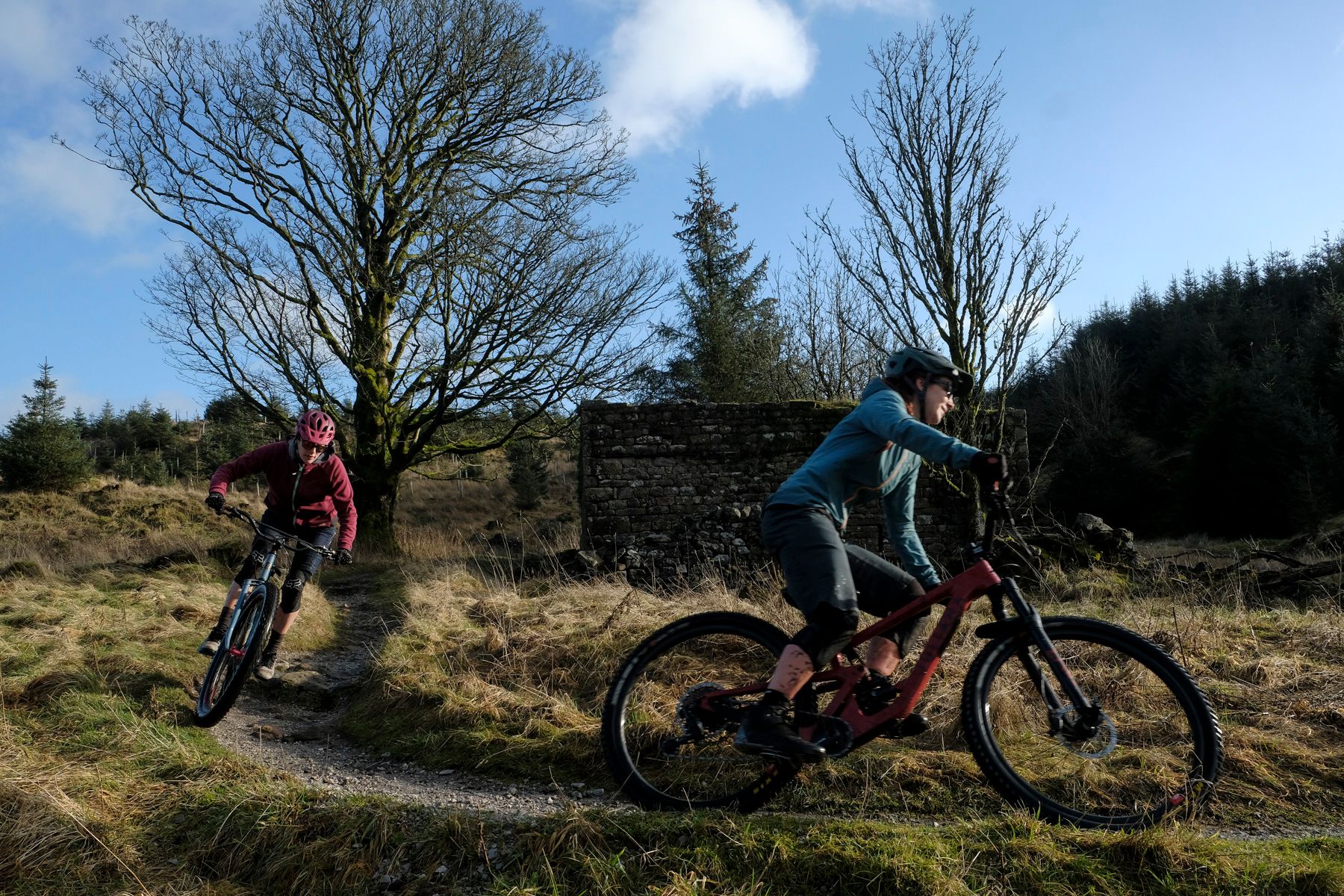As part of our Members’ Newsletter we give our readers the chance to ask us questions about what we do. Not all of them are quite so in depth as this, and some questions get answered in the newsletter. This question, however, requires a rather long answer, so rather than make a humungous newsletter, I thought I’d answer this here.
‘Would you consider doing a women only issue – so every article and advert only features female riders (Rouleur did it two years ago and apparently the initial run sold out)?’
The short answer is never say never, but probably not. There are a number of reasons why.

Firstly, any themed issue is likely to turn some people off. Yes, it might also make a bunch of people already interested in that theme tune in – for an issue, maybe more – but is that what you want? If your theme is ‘the joy of fat bikes’, then the people that don’t like fat bikes don’t read it, and the fat bike fanatics might buy a copy when usually they wouldn’t. In this instance, I don’t think it matters too much – if you don’t read the themed issue and don’t have you mind changed about fat bikes, who cares?
Latest Singletrack Merch
Buying and wearing our sustainable merch is another great way to support Singletrack
However, themed issues designed to showcase things that matter – like underrepresented people in the mountain bike world – have a tendency to preach to the converted. The reader who tunes out and dismisses it all as some sort of ‘world gone mad’ learns nothing. The people who buy a copy who wouldn’t usually… boost your sales? To me that doesn’t feel like a sustainable tactic that will change anyone’s mind about anything important. Unless that is, it’s to convince a publisher that there’s interest in that particular theme.
Here at Singletrack, we don’t need persuading that there’s interest in reading about women in mountain biking, so what would be the purpose of a themed issue? Who would it really benefit? Unless it opens up space to new writers to give storytelling a go, and thereby increases the breadth of contributors featuring in future, I suspect that the benefit would be a transitory boost to our sales figures. And since we run both a print magazine and website, there are already lots of opportunities for new or aspiring writers (and photographers) to pitch their stories to us. I’ve even written a guide on how to catch our attention, if you think you’ve got a story.
While Singletrack as a publisher doesn’t need persuading of the merits in publishing stories by or about women, that certainly hasn’t been the case in some corners of the bike world. But it’s not just that Singletrack publishes these stories – it’s also that Singletrack employs women in positions of influence. Whereas some female journalists have felt they can’t rock the boat, ask to test ‘men’s’ (unisex) bikes, or call out bro culture, Singletrack has been employing women in senior roles for years. Other parts of the media are now catching up, and the bike media landscape has likely never looked less masculine. This change is important, because those with power shape the culture. If women are pigeonholed into only getting to test women’s products and talk to female athletes, their talents are being limited, along with their influence.
At Singletrack, stories are written by women, for everyone. Just as a story about riding the Highland 550 will have a different perspective depending on whether it was written by someone who had never done a ride like it before, or someone aiming to break their previous record, so stories and reviews written by women can bring a different perspective. That doesn’t mean it has to be for women – it’s just looking at the world through a different lens.
I think that is what you want to achieve when you write (or publish) a story: you want to take someone to a different point of view and show them what it’s like. Maybe that’s the hilarious slapstick of incompetence, or the mental torment of a plan falling apart. For a brief moment, the reader in their armchair can understand and empathise, no matter what their own level of expertise or experience. If the reader never gets to sitting down to read the story in the first place, they’re never going to gain that understanding or empathy. They’re not going to see the world through the lens of glasses they’re not prepared to put on.
By mixing up the content within an issue, I think readers are more likely to find themselves reading an article that isn’t about something they thought they’d appreciate. Because the fat bike story is there, and it’s in Scotland and has nice pictures, you read it anyway, even though you don’t really think fat bikes make sense. Because the hardtail review is there, and you like tech stuff, you read it anyway – and it just so happens it’s been written by a woman.
The trick to truly structural and cultural change is to have these articles by women in every issue, or on the website site every week. Unless your themed issue is a pathway to making that happen, I personally think it’s more of a publicity stunt than a game changer.
All that said, sometimes a theme gives focus. It can create momentum, or be a strong political statement. Personally, as far as Singletrack is concerned, I think that a women’s themed issue wouldn’t be the right move. Perhaps though, other themes might warrant such treatment. Never say never…
We recognise that sometimes people do want to filter out the male voices, so we have the Singletrack Women channel. This pulls together stories written by women, about whatever they’ve chosen to write about.

If you want to give us feedback on how we’re doing, ask us questions, or see some extra words and pictures from behind the curtain, then sign up to our monthly Members’ newsletter.





